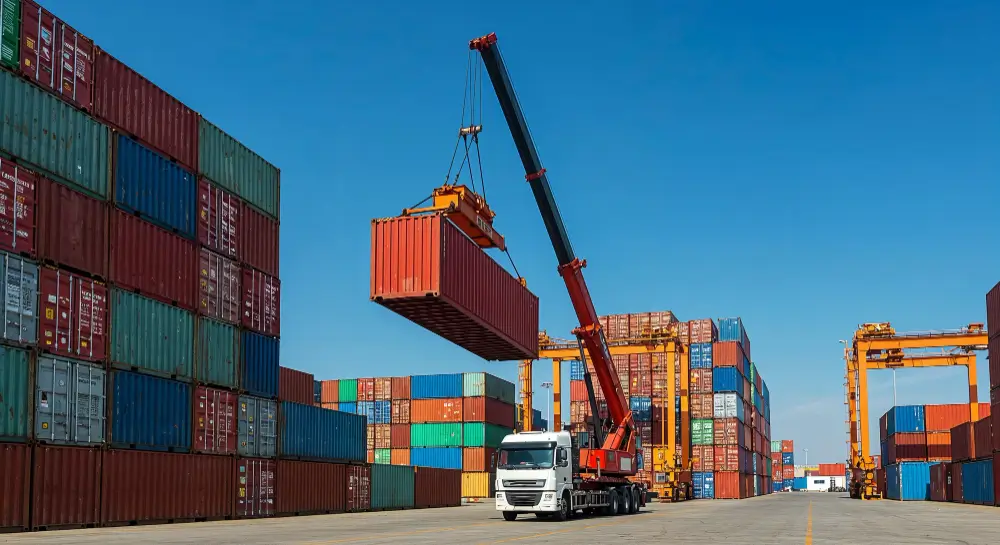
Air freight delays can disrupt your entire supply chain and create costly problems for your business. Late shipments lead to missed deadlines, unhappy customers, and increased expenses that hurt your bottom line. The good news is that most delays are preventable with proper planning and smart strategies. Understanding the common causes and implementing proven solutions helps you maintain reliable delivery schedules and protect your business from unnecessary disruptions.
Why Air Freight Delays Happen
Several factors cause cargo shipments to arrive late. Airport congestion ranks as one of the biggest challenges, especially during peak seasons. Limited flight capacity and overcrowded terminals create bottlenecks that slow down operations significantly.
Customs clearance issues frequently delay shipments. Missing documents, incorrect paperwork, or compliance problems can hold your cargo for days or weeks. Weather conditions, technical problems, and carrier disruptions add more unpredictability to transit times.
Strategy 1: Perfect Your Documentation
Accurate paperwork prevents the majority of customs-related delays. Your commercial invoice must declare the correct value for duty calculations. The packing list should detail every item in your shipment precisely.
Air waybills serve as tracking documents and require complete accuracy. Import licenses become necessary for restricted goods, and certificates like CE or FDA approval matter for regulated products. Double-check all documents before shipping to avoid costly holdups at customs.
Strategy 2: Implement Real-Time Tracking Systems
Visibility into your shipment location helps you respond quickly to problems. GPS-enabled tracking systems monitor cargo throughout the entire journey and alert you to potential delays early.
Advanced tracking tools provide live updates on shipment status and condition. These systems let you make informed decisions when issues arise. You can arrange alternative solutions, reroute shipments, or notify customers immediately about expected delays.

Strategy 3: Book Shipments in Advance
Early booking secures flight capacity and reduces the risk of missed connections. Planning ahead gives you better control over delivery schedules and helps you avoid last-minute premium rates.
Advanced planning becomes critical during peak seasons. Chinese New Year, Golden Week, and holiday periods see dramatic surges in cargo demand. Securing carrier availability early ensures your shipments move on schedule even during busy times.
Strategy 4: Build Strong Carrier Relationships
Working closely with shipping partners creates advantages for your business. Strong relationships with freight forwarders give you priority access and better transit times. Reliable carriers offer proactive scheduling and alternative routing options to avoid backlogs.
Regular communication with your logistics provider helps prevent misunderstandings. Negotiating service agreements upfront clarifies expectations and establishes accountability. Monitor carrier performance consistently and adjust partnerships based on reliability metrics.
Strategy 5: Diversify Your Shipping Routes
Relying on a single route creates unnecessary risk. Having backup options ensures operations continue smoothly when disruptions occur. Multiple routing choices give you flexibility to avoid congested airports and terminals.
Maintaining contracts with different terminals reduces dependency on one location. This approach protects your supply chain from port-specific congestion or operational problems. Alternative paths keep cargo moving even when primary routes face delays.
Strategy 6: Prepare for Seasonal Challenges
Peak seasons require extra preparation and resource allocation. Demand surges during holidays force freight forwarders to pay premium rates and create significant backlogs. Understanding these patterns helps you plan shipments around high-volume periods.
Optimize inventory levels before busy seasons to reduce urgency. Building buffer stock prevents emergency shipments that cost more and face higher delay risks. Track historical data to predict peak times specific to your industry and routes.
Strategy 7: Leverage Technology for Full Visibility
Digital tools streamline supply chain management and improve response times. Software that integrates tracking data from multiple carriers offers a centralized view of all shipments. Artificial intelligence can predict delays and suggest mitigation strategies before problems escalate.
Automation reduces manual errors in order processing and documentation. Faster fulfillment means shorter lead times and fewer opportunities for delays. Technology platforms provide advanced warnings about potential charges and schedule changes, allowing you to make quick adjustments.
Protect Your Business from Costly Disruptions
Air freight delays impact more than just delivery schedules. They increase storage costs, damage customer relationships, and disrupt production timelines. Taking control of your logistics through these seven strategies minimizes risks and maintains reliable operations.
Start by auditing your current documentation processes and tracking capabilities. Identify weak points in your carrier relationships and routing options. Implement changes gradually, focusing first on areas with the highest delay frequency. Your supply chain resilience depends on proactive planning, strong partnerships, and smart use of technology to keep shipments moving on schedule.
